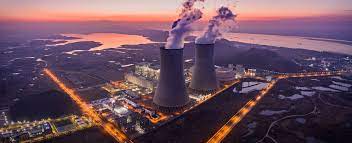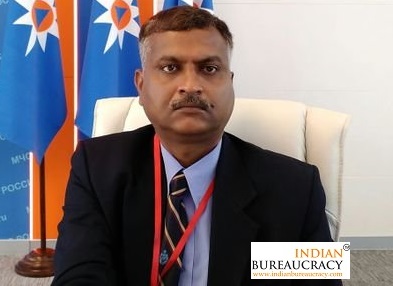In a recent announcement, the Indian government unveiled ambitious plans to significantly increase the country’s nuclear power capacity from the current 7480 MW to 22800 MW by the fiscal year 2031-32. Responding to a query in the Lok Sabha, Union Minister Dr Jitendra Singh outlined the government’s strategic initiatives to enhance electricity generation through nuclear energy and diversify energy sources.
To boost the role of nuclear power in the national electricity grid, the government has implemented various policy measures. This includes the approval and funding for ten indigenous 700 MW Pressurized Heavy Water Reactors (PHWRs) in fleet mode. Additionally, the establishment of the Indian Nuclear Insurance Pool (INIP) to facilitate the implementation of the Civil Liability for Nuclear Damage (CLND) Act has been a crucial move.
In a pivotal shift in 2023, recommendations from a government panel, under Niti Aayog and PM Modi, proposed significant changes to India’s nuclear power industry. This involves allowing foreign investment and increased participation from domestic private firms. Advocating for amendments to the Atomic Energy Act 1962, these recommendations aim to open doors for private and foreign involvement. Presently, the government leads in nuclear power development, with domestic private companies serving as junior equity partners. Furthermore, amendments to the Atomic Energy Act were recommended to enable Joint Ventures involving Public Sector Companies to initiate nuclear power projects and foster international collaborations for nuclear power cooperation, including the supply of fuel.
The Department of Atomic Energy has previously highlighted the interest of various foreign companies, such as Westinghouse Electric, GE-Hitachi, Electricite de France (EDF.PA), and Rosatom, in participating in India’s nuclear power projects, serving roles as technology partners, suppliers, contractors, and service providers.
While India’s push to expand nuclear power capacity reflects its commitment to diversifying its energy mix, it is essential to consider the global landscape. In Germany, there is a notable trend away from nuclear power, with the government aiming to phase out all nuclear plants by 2022. In contrast, the United States continues to maintain a significant share of nuclear power in its energy portfolio, contributing around 20% of the total electricity generated.
Sweden and France have embraced nuclear power as a key component of their energy strategies, with nuclear energy constituting a substantial portion of their electricity production. Japan, while traditionally supportive of nuclear power, underwent a re-evaluation following the Fukushima disaster in 2011, leading to the temporary closure of several reactors.
In contrast, Singapore, despite its advanced technological infrastructure, does not currently utilize nuclear power for electricity generation. The city-state relies on a mix of natural gas, solar, and imported electricity to meet its energy needs.
India’s push for nuclear power expansion signals a commitment to energy diversification. Proposed policy adjustments and potential foreign involvement highlight the nation’s strategic approach to a nuanced energy future, prioritising a balance of global insights for sustainable progress.




